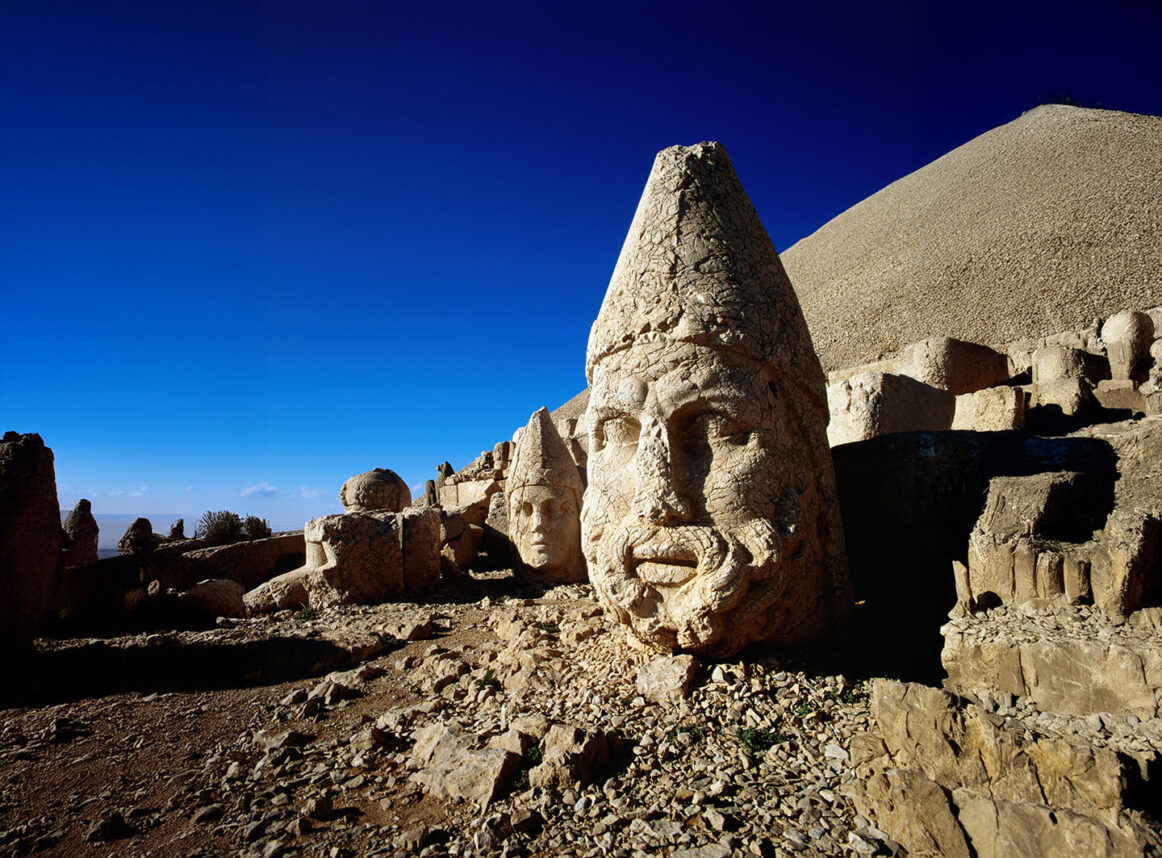
Ever since I was a child, I have been terrified of rooms full of children — a strange trait for a Hebrew-school teacher.
Yes, I adore kids one-on-one, but large groups of them scare me.
I thought this fear would abate when I had my own children. I thought that giving birth must endow a woman with some sort of motherly comfort in rooms full of children. I was wrong.
So why do I love teaching Hebrew school?
Two reasons.
First: The fear lasts only a moment until we begin making an aleph with licorice, approximating bet with our bodies and forming gimel in our mouths.
By the time class is over, the kids know the first four letters and how to sing “Happy Birthday” in Hebrew. And we are no longer strangers.
In this mystical view, these letters are the DNA of our universe, a double helix of 22 beautiful shapes that constitute all of existence.
I love teaching children because in that room we do the sacred work of building a community and creating a bridge across which our traditions can be handed down, as so many before us have done.
At some point during the class, magic happens: We begin to see one another not as inscrutable little kids and inscrutable hulking adults, but as people, as Jews — little Jews and big Jews — across the broad divide between our ages.
Second: I love our traditions, and for me the Hebrew letters are where they all start.
Don’t get me wrong; I am a real Diaspora Jew. I write my songs and poems and essays in English. If you put me on a street corner in Tel Aviv, I would sound like a 5-year-old.
But open a page of Torah or the Mishnah and a whole world springs to life for me. I can almost feel the centuries of eyes, hearts and minds focused on these very same words. Whether the people reading them lived in the Middle Ages, the 1980s or today. Whether they went to bed every night in Spain, Africa, Russia, Iran or — like me — the Pacific Northwest.
Wherever and whenever we live, our hearts meet in these sacred squiggles, these letters that contain our stories beyond geography or time.
According to tradition, God looked into the Torah and created the world. It’s a psychedelic idea: The Torah existed before Creation. The world is literally made up of Hebrew letters — the same Hebrew letters we pronounce, haltingly or fluently, whether building aleph out of candy or standing at the front of a congregation, leading prayers.
In this mystical view, these letters are the DNA of our universe, a double helix of 22 beautiful shapes that constitute all of existence. And in practical terms, the alphabet connects us to Jews who have lived before us and will live after us.
And so, for these reasons, I will continue to teach the Hebrew alphabet and the stories our Torah contains, so that these kids can guard this treasure in their turn.
I’ll teach until my body can no longer carry me into the room, until my mouth cannot form the letters, until my ears cannot hear my students’ small voices shouting back to me in chorus: Gimel! Dalet! Hey!
If some of these kids grow up and never enter a synagogue again, if they never say another Hebrew prayer, if they leave the aleph bet behind and never look back, I bless them on their path. But I hope maybe a couple of them will feel called to walk into a room of small children, armed with a guitar, some aleph-bet yoga poses and the wisdom of Hebrew-school teachers before them.
So, I keep teaching.
Every time we teachers and our students enter the classroom, we are doing holy work. We are building a family, welcoming the next generation into the tribe, and giving them the greatest gift we have: the Hebrew alphabet — 22 beating hearts that carry us, generation after generation, through our beautiful, brief lives.
Alicia Jo Rabins is a writer, musician and Torah teacher who lives in Portland, Ore.






















 More news and opinions than at a Shabbat dinner, right in your inbox.
More news and opinions than at a Shabbat dinner, right in your inbox.